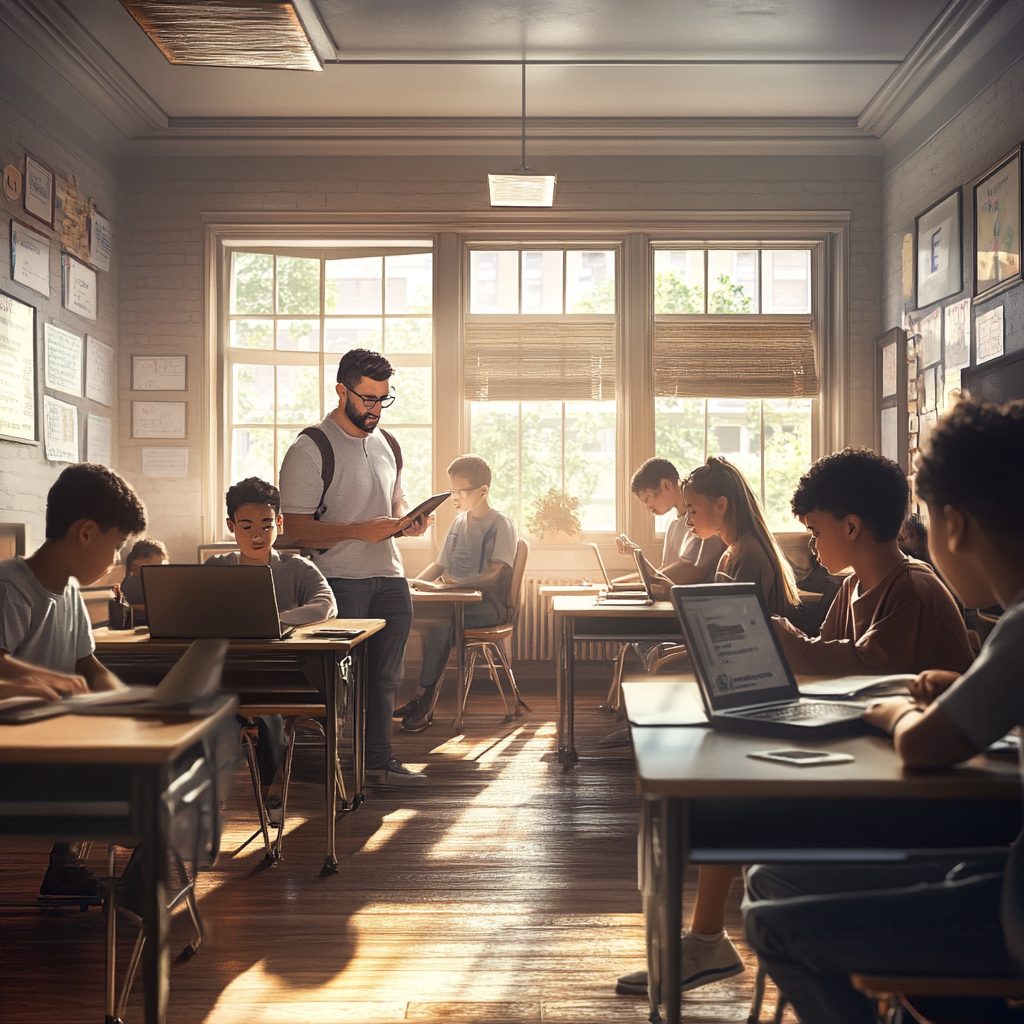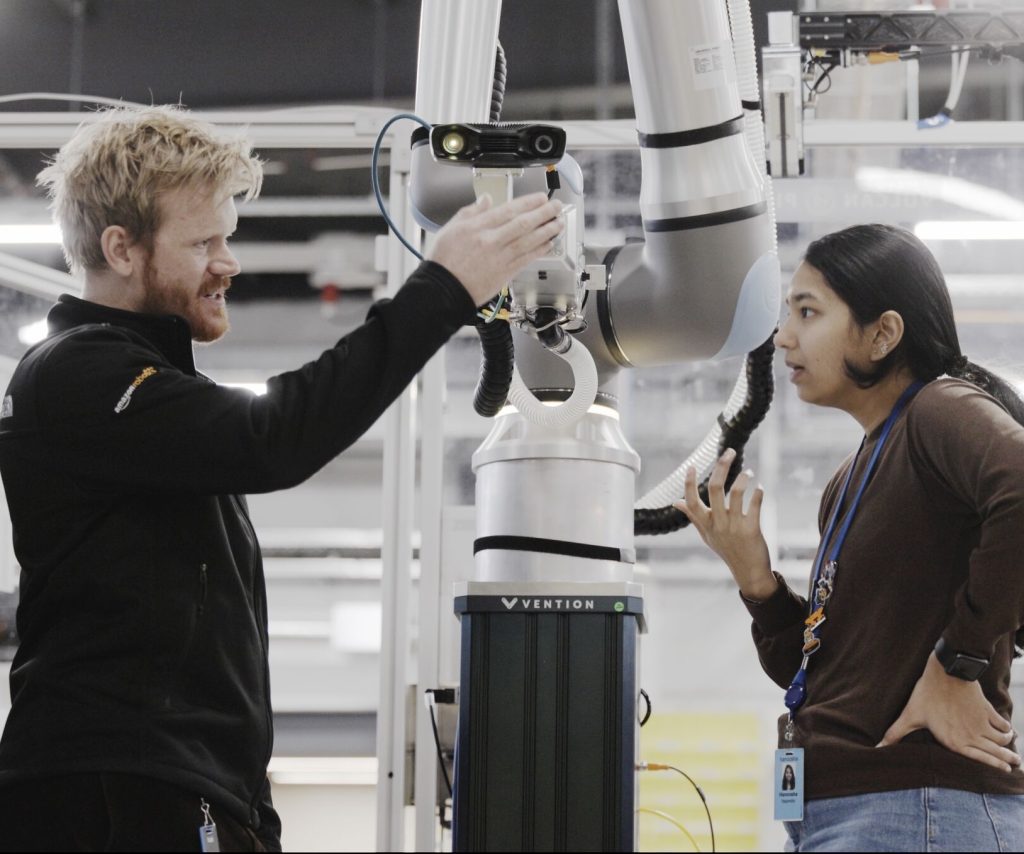In a world where artificial intelligence is becoming a part of daily life, some colleges are hitting pause—banning tools like ChatGPT from classrooms. But here’s the twist: cutting off access to AI might be doing more harm than good.
A thought-provoking paper from Minnesota State University argues that instead of fearing AI, educators should be helping students learn how to use it well. The article, titled “Artificial Intelligence in the Classroom: ChatGPT and Other Technologies,” outlines a key message: AI is here to stay—and ignoring it won’t make it go away.
Right off the bat, the authors make an important point. Today’s students are growing up in an AI-powered world. They’re already using AI in their daily lives—whether it’s asking Siri for directions or getting movie suggestions on Netflix. The classroom, they argue, should reflect that reality instead of pretending it doesn’t exist.
So why are some schools banning ChatGPT? It often comes down to fear: fear of cheating, fear of misinformation, and fear of the unknown. But here’s a quote that hits home from the article: “The challenge is not to eliminate AI from education, but to educate students in how to use it ethically and effectively.” That single line captures the heart of the argument.
The article makes the case that students need guidance—not gatekeeping. Just like calculators didn’t destroy math education, AI won’t destroy writing or research. But it will change how those things are done. Instead of memorizing facts, students will need to focus on critical thinking, evaluating AI-generated content, and improving it with their own insights.
And there’s a surprising upside: AI tools like ChatGPT can actually help students who struggle with writing or learning English. Used the right way, AI becomes a support system—like having a 24/7 tutor.
The authors also call on faculty to lead the way. Instructors don’t need to become tech experts overnight. But they do need to stay curious, keep learning, and bring their students along for the ride. It’s less about controlling the tools and more about modeling how to use them responsibly.
If you’re curious to dive deeper, you can read the full article here.
Q&A: What You’re Probably Wondering
Q: What is Social Presence Theory?
Social Presence Theory is the idea that people feel more connected and engaged when communication feels “human.” In the classroom, this means using technology (like AI or discussion boards) in ways that make students feel seen and heard—not just like they’re talking to a machine. The article suggests that AI, when used thoughtfully, can actually boost this sense of presence rather than replace it.
Q: Won’t AI lead to more cheating in schools?
Cheating has always existed—but banning AI won’t stop it. The real opportunity is teaching students how to use AI tools ethically. If students learn to ask better questions and challenge what AI gives them, that’s real education.
What do you think? Should schools embrace or block AI tools like ChatGPT? Drop your thoughts in the comments—we’d love to hear your take.
And if you’re into all things AI, don’t miss out—Sign up for our AI Newsletter for fresh insights, useful tools, and the occasional spicy take.
If you’re exploring how AI can drive real results for your team, our AI Consultancy Services might be exactly what you need — check it out now!


